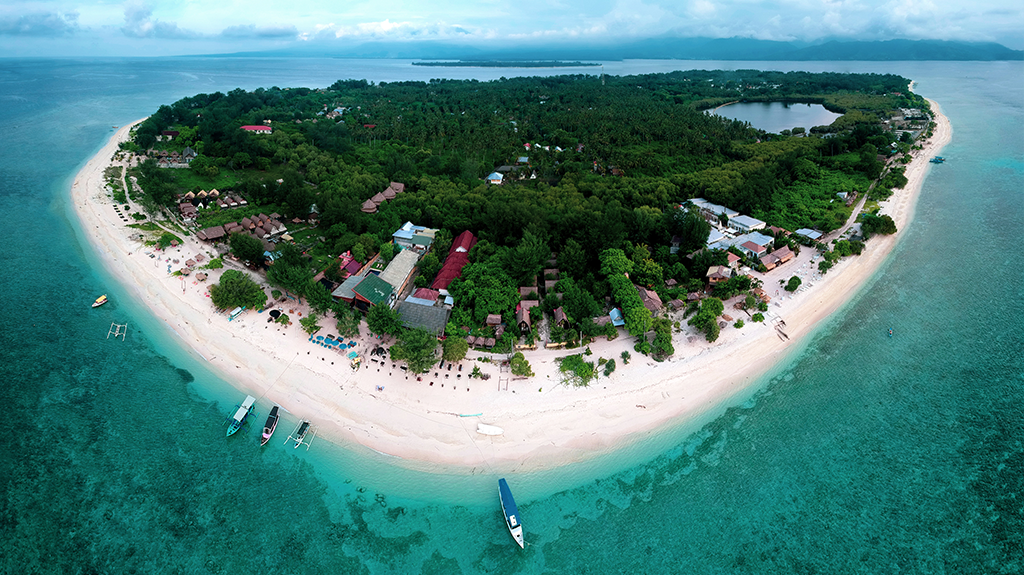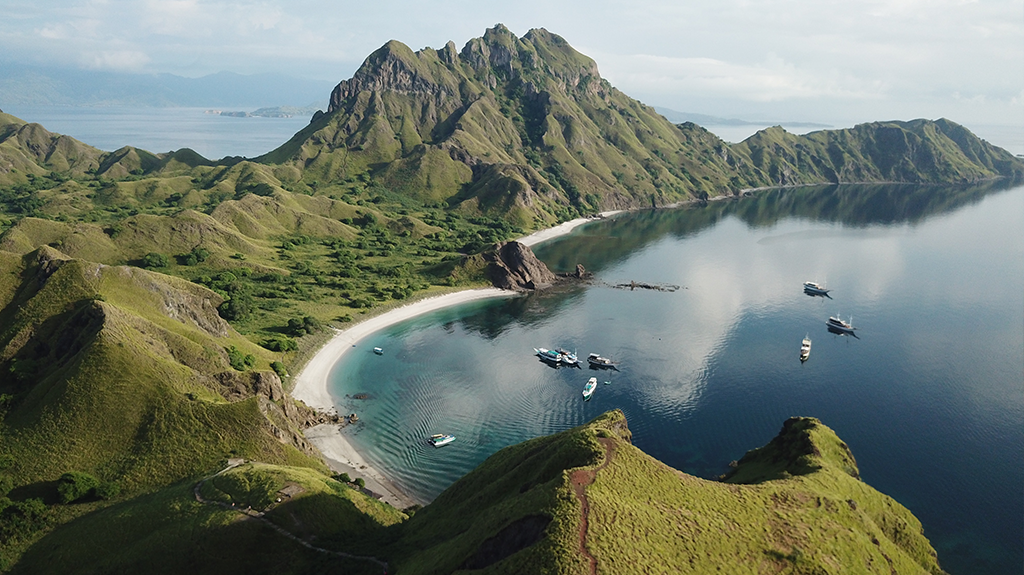Indonesia

Indonesia, officially the Republic of Indonesia, is a country in Southeast Asia and Oceania, between the Indian and Pacific oceans. It consists of more than seventeen thousand islands, including Sumatra, Java, Borneo, Sulawesi, and New Guinea.
With that many islands under its jurisdiction, Indonesia offers adventure for everyone. Explore ancient temples and hike active volcanoes or dive in largely untouched waters – there is a little something for everyone.
You can wander the busy streets of Jakarta, or take a step back in time with a visit to the remote villages of Tana Toraja, indulge in the bliss of Bali, or come face to face with the volatile Anak Krakatau.
No matter what you choose, the experience is sure to be one filled with wonder and appreciation for a country as soaked in history and natural beauty as this one.
Gili Islands:
The Gili Islands are a major draw in Lombok, which has risen in popularity among backpackers and tourists over the years. These picturesque islands offer beaches that rival those of Bali in their beauty, as well as opportunities for diving and even snorkeling at a turtle sanctuary. If you’re looking for more turtle action, you can check out a turtle hatchery where hundreds of these creatures are born each year.
Kayaking is also popular in the Gilis, and if you’re seeking a place to reconnect with your mind and body, you will find several options for yoga classes. The Gili Islands provide a more relaxed, though still stimulating, alternative to popular Bali.


Komodo National Park:
a UNESCO World Heritage site, encompasses five main islands and a number of smaller ones, as well as the surrounding marine areas. The waters off these islands are some of the richest and most diverse in the world.
High Season:
From April to September will be the high season in Bali, as it is purportedly the dry season and also generally the summer holiday season in many parts of the world.
Role in International Tourism and Travel:
In 2015 the Ministry of Tourism set a goal of 20 million foreign visitors by 2019. The answer seems fairly clear: with the election of Jokowi, the government set clear benchmarks for what it wanted to accomplish in the tourism sector, then designed and implemented a multipronged effort to achieve those goals. These efforts have been helped by a weakening rupiah, which increases Indonesia’s allure as an affordable tourist destination.
To that end, a multipronged effort to develop the four priority destinations was rolled out. The first step included regulatory reforms intended to remove red tape for investors and visitors. In 2014, the president relaxed visa entry requirements, allowing visa free travel for citizens of 45 countries. In 2016, this was expanded to 169 countries. In conjunction with this, a series of regulatory reforms were pushed through early in the Jokowi administration, including opening hotels and restaurants to 100 percent foreign ownership, a streamlined permitting process for businesses and new construction, and a presidential decree speeding up the often time-consuming process of land acquisition.

Indonesian rupiah
